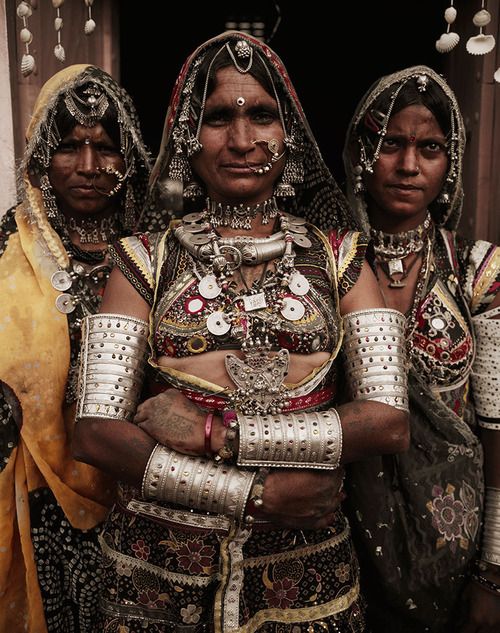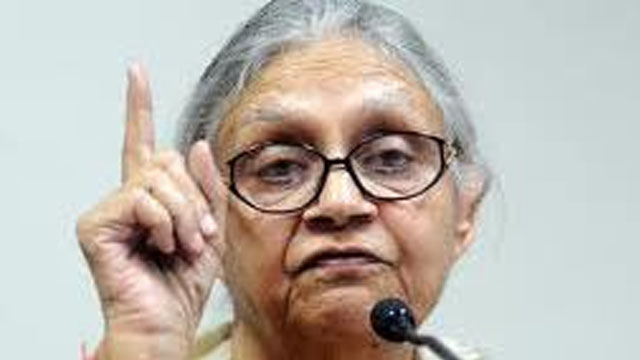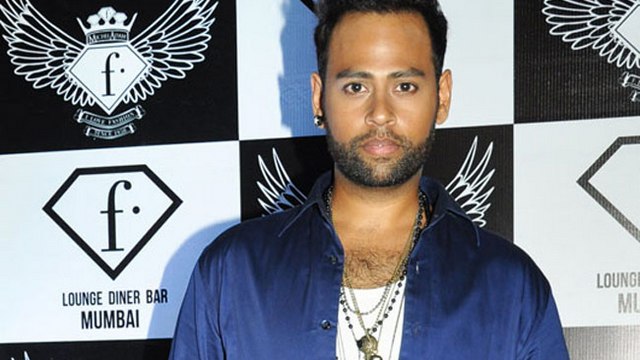The ethnicity of India combines with different religions and cultures of India. When any part of India explains their ethnicity they mostly connect themselves with the culture that they are bearing with them from their ancient times. The four parts of India are divided into extremely different parts, so are the culture related to ethnic lifestyle.
When the entire part of the country celebrates different festivals and occasions we find them cherishing in various ways. While similarly on Independence day the diversity is celebrated with the colorful presence of Unity. No matter, it is the Mongoloids from the northeast of the Dravidians from the south the Independence day is celebrated with pride. Diversity in culture and languages are realized at every change in the state borders.
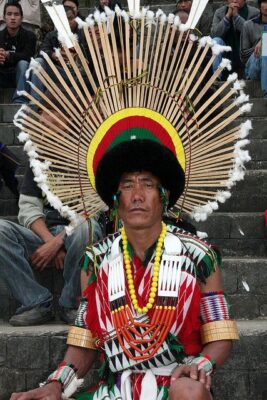
Aryan civilizations who had ruled over Europe and Iran have occupied the parts of the country and have been the indigenous people. Similarly the Mongoloids still dominate the northeastern state of the country. The seven sisters of the east have different spoken languages from the Assamese to Nagamese. And, they have been from one ethnic culture. It was a time when they had separated virtually from India and did deny to celebrate the Independence day. But as time grew older their involvement as Indians has grown to be intense and they are found to celebrate this day similar to other states.
While the northern part has always been patriotic and their practice of Hinduism inside and around the northern part as a religion, they believe religion to be their Ethnicity.
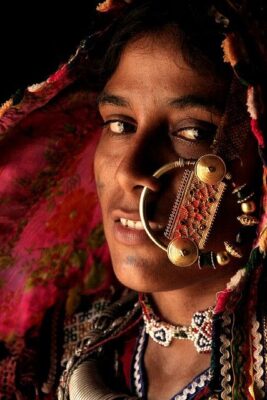
Gaya, Varanasi, the ancient cities that are mentioned in the Vedas and scriptures. So, no one can overlook the cultural values when we find the river Ganges flowing aside the temples. The rituals are performed by the priests, on each festival and regular prayers. The pilgrim who take shelter as a believer of Moksha.
The western part of the country with a mix and match of the Portuguese and Indian culture which is famous all over the world. Their lifestyle culture and religion are inspired by the Portuguese. While you visit the oldest colony formation, Goa the establishment of churches, food, and lifestyle speaks about their ethnicity. The Konkanis who are the mostly the fisherman believes in Christianity while the Gujaratis who are pure vegetarians from the Hindu religion. Altogether a frequent diversification is observed which you can cherish due to the independence in thoughts and livelihood.
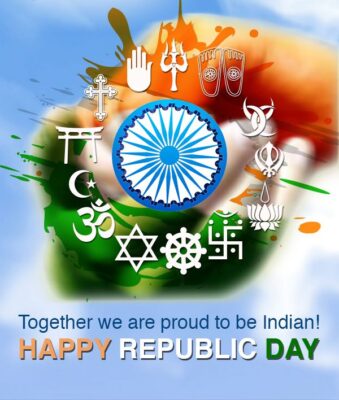
India has not only been diversified by the culture that describes the ethnicity of India. The indigenous groups and culture changes observed with the geographical changes. Hills and mountains of the east change when down to plateaus and blends with the seas and oceans at the boundaries of India. The entire part of the country has its individuality that influences the ethnicity of India stretching from the coastal part to the Himalayas. Independence of India has gained the pride to celebrate its diversity woven to unity. Along with the diversification in nature’s beauty and its indigenous people!

